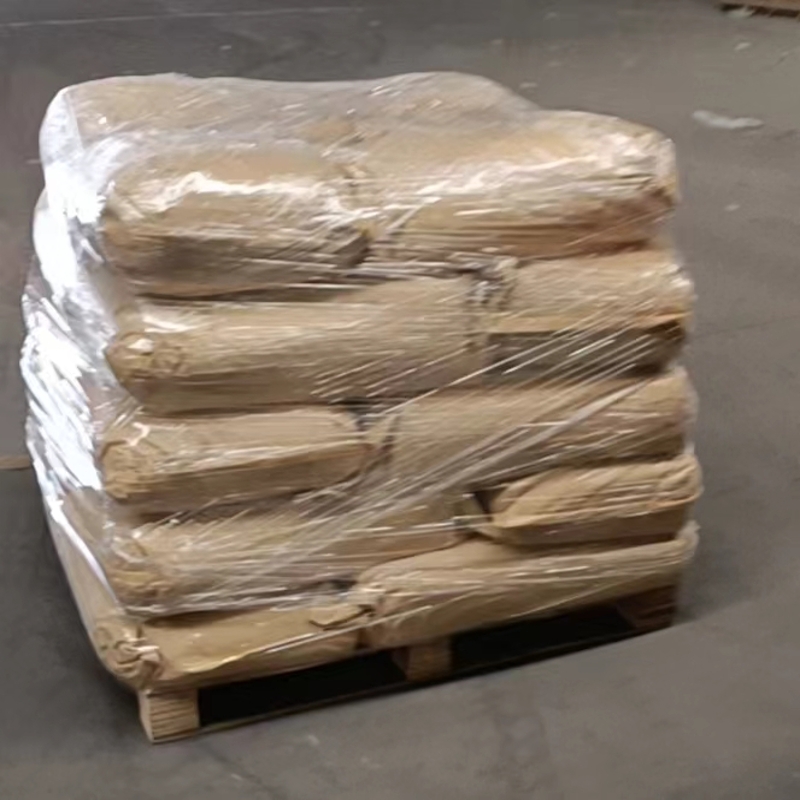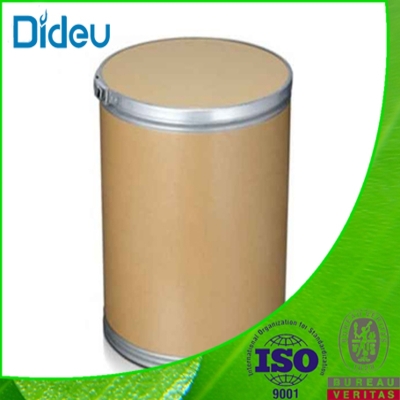-
Categories
-
Pharmaceutical Intermediates
-
Active Pharmaceutical Ingredients
-
Food Additives
- Industrial Coatings
- Agrochemicals
- Dyes and Pigments
- Surfactant
- Flavors and Fragrances
- Chemical Reagents
- Catalyst and Auxiliary
- Natural Products
- Inorganic Chemistry
-
Organic Chemistry
-
Biochemical Engineering
- Analytical Chemistry
-
Cosmetic Ingredient
- Water Treatment Chemical
-
Pharmaceutical Intermediates
Promotion
ECHEMI Mall
Wholesale
Weekly Price
Exhibition
News
-
Trade Service
Calcium gluconate monohydrate is a widely used compound in the chemical industry, with various applications in different industries, such as pharmaceuticals, food and beverages, and cosmetics.
In the chemical industry, the term "upstream" and "downstream" are often used to refer to different stages of the production process.
In the case of calcium gluconate monohydrate, the upstream and downstream products are as follows:
Upstream Products:
The upstream products of calcium gluconate monohydrate are the raw materials required for its production.
These raw materials include calcium oxide, glucono delta-lactone, and water.
Calcium oxide is commonly obtained from limestone, which is a naturally occurring mineral.
Glucono delta-lactone is derived from cornstarch, and is used as a precursor for the production of calcium gluconate monohydrate.
Water is used as a solvent and a reactant in the production process.
Downstream Products:
The downstream products of calcium gluconate monohydrate are the final products that are produced using the compound.
These products can be broadly classified into two categories: pharmaceuticals and other applications.
Pharmaceuticals:
Calcium gluconate monohydrate is used as a pharmaceutical excipient in various dosage forms, such as tablets, capsules, and suspensions.
It is used to improve the flow properties of powders, enhance drug dissolution, and acts as a buffering agent.
It is also used in the production of injectable products, such as calcium gluconate solutions.
Other Applications:
Calcium gluconate monohydrate is also used in various other applications, such as food and beverages, cosmetics, and personal care products.
In the food industry, it is used as a food additive, stabilizer, and a sequestrant.
In cosmetics, it is used as a skin conditioning agent and a preservative.
In the production process of calcium gluconate monohydrate, the upstream products are transformed into the downstream products through a series of chemical reactions and processing steps.
The production process of calcium gluconate monohydrate can be broken down into the following stages:
- Manufacture of calcium oxide: Calcium oxide is obtained by heating calcium carbonate or limestone in a furnace.
The heat generated in the furnace causes the calcium carbonate to decompose, forming calcium oxide and carbon dioxide gas. - Hydrolysis of calcium oxide: Calcium oxide is mixed with water to form calcium hydroxide, which is then mixed with glucono delta-lactone to produce calcium gluconate monohydrate.
- Purification and drying: The resulting calcium gluconate monohydrate is purified to remove any impurities, and then dried to remove any remaining moisture.
In summary, the upstream products of calcium gluconate monohydrate are calcium oxide, glucono delta-lactone, and water, while the downstream products include pharmaceuticals and other applications such as food and beverages, cosmetics, and personal care products.
The production process involves several stages, including the manufacture of calcium oxide, hydrolysis of calcium oxide, purification, and drying.







